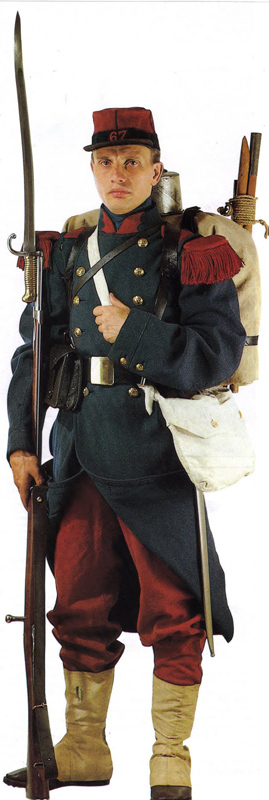This is a bust 1/16 from Fer Miniatures that I painted some time ago. I added only the pocket with the handkerchief, taking inspiration from the painting of Don Troiani.
The 69th New York State Volunteer Regiment was raised in October 12, 1851 with Irish immigrants that had come to America wishing to live free of Great Britain’s domain. This was the second regiment to leave the city of New York shortly after President Abraham Lincoln’s call for the 90 day volunteers. They were under the command of Colonel Michael Corcoran.
During the First Bull Run (July 21, 1861), the regiment defended the Federal Army withdrawal while Colonel Corcoran was captured during a charge to a Confederate artillery position. He was freed shortly after and returned to New York. During the Seven Days Battle, the regiment was re-organized with new recruits and a new commander. Now the Sixty-Ninth New York State Volunteer would be the first regiment of the Irish Brigade under the orders of the Brigadier General Thomas Francis Meagher. Its fame was such that General Robert E. Lee said of them ”Ah, yes, that fighting 69th”.
They also fought in Antietam in September 17, 1862, the charge on Marye’s Heights at Fredericksburg (December 11-15, 1862), where they had such heavy loses that the regiment got almost destroyed and Gettysburg in July 1-3, 1863. During all the battles it fought, the regiment sustained hard loses and almost 4000 men died. Despite that, the regiment still exists today.
Our bust portrays one soldier from this regiment with the usual Union dark blue jacket and forage cap. The Irish brigade distinction can be seen on the harp emblem of the cap.
 |

























